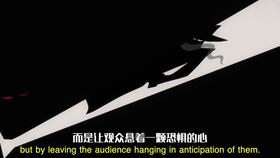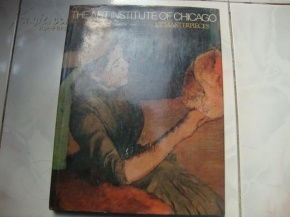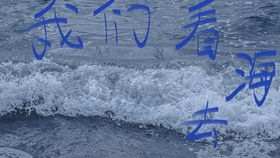Content:
In the realm of angling, the skill of tying a line knot is as fundamental as casting or choosing the right bait. A well-tied knot can mean the difference between a successful catch and a frustrating day on the water. For those looking to improve their fishing prowess, understanding how to properly tie a line knot is a must. This article will delve into the intricacies of the line knot-tying process, with a special emphasis on a highly informative video guide that will take you through each step in detail.
Understanding the Basics of Line Knots
Before diving into the specifics of the knot-tying process, it's important to understand the purpose of line knots. Essentially, a line knot is a device used to connect one piece of fishing line to another or to a lure or hook. There are many different types of line knots, each designed for specific purposes and fishing conditions. The most common knots include the Palomar Knot, the Uni Knot, and the Improved Clinch Knot.
The Palomar Knot: A Versatile Choice
The Palomar Knot is often considered the "workhorse" of fishing knots due to its strength, simplicity, and versatility. It's excellent for attaching lures, hooks, and leader material to the line. Here's a step-by-step guide to tying the Palomar Knot, as illustrated in the accompanying video:
- Make a loop in your line, ensuring that the tag end is longer than the standing end.
- Pass the tag end through the loop.
- Take the tag end and wrap it around the standing end five times.
- Pass the tag end through the first loop you created.
- Moisten the knot with water and pull both ends to tighten.
- Trim the tag end close to the knot.
The Uni Knot: Strength and Security
The Uni Knot, also known as the Uni Leader Knot, is another popular choice among anglers. It's known for its exceptional strength and is particularly effective for attaching leader material to the line. Here's how to tie the Uni Knot:

- Take the tag end and pass it through the eye of the hook or lure.
- Double the tag end back on itself.
- Pass the doubled tag end through the first loop created.
- Moisten the knot and pull both ends to tighten.
- Trim the tag end close to the knot.
The Improved Clinch Knot: Versatile and Simple
The Improved Clinch Knot is a straightforward and effective knot for attaching hooks, lures, and swivels to fishing line. Here's the process:
- Make a loop in your line with the tag end longer than the standing end.
- Pass the tag end through the loop three times.
- Pass the tag end through the first loop you created.
- Moisten the knot and pull both ends to tighten.
- Trim the tag end close to the knot.
The Power of Video Learning
While the written instructions are valuable, the visual aspect cannot be overstated. The included video guide provides a clear, step-by-step demonstration of each knot-tying technique. By watching the video, you can observe the movements and see the knot being tied in real-time, which can help solidify your understanding and improve your technique.
Conclusion
Whether you're a seasoned angler or a beginner, mastering the art of tying a line knot is a crucial skill. The Palomar Knot, Uni Knot, and Improved Clinch Knot are just a few examples of the many knots that can be used in various fishing scenarios. By following the detailed instructions and watching the accompanying video guide, you'll be well on your way to tying knots that are strong, reliable, and efficient. So grab your fishing gear, watch the video, and get ready to improve your line-tying skills for a more successful day on the water.












